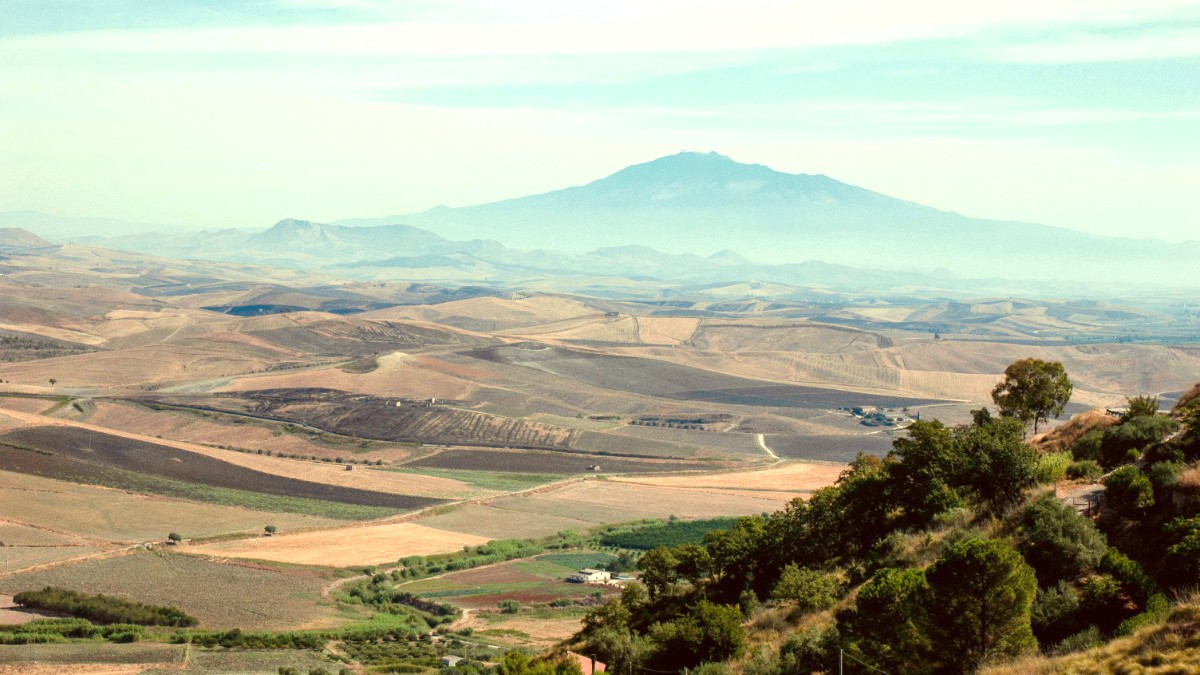
Sicily, Italy
Prepare for winding roads and steep climbs, with vistas and a deep sense of place found nowhere else. The city sits in the exact geographical center of Sicily, in the province that bears its name. This inland position and elevation (around 931 meters or 3,054 feet above sea level) grant it a distinct climate and character compared to Sicily's coastal regions.
The history of Enna spans centuries, reflecting Sicily’s complex past. Its origins trace to the Sicanians, one of the island's earliest inhabitants, who recognized the defensive advantages of its hilltop location. Later, it became a Greek colony, flourishing as Henna and a revered center for the cult of Demeter (Ceres) and Persephone (Proserpina), linked to the mythical abduction of Persephone in the nearby Lake Pergusa. This deep connection to ancient mythology grants Enna a spiritual and historical depth.
After the Roman Empire's decline, Enna experienced successive dominations, including Byzantine, Arab, and Norman. Each culture left its mark, contributing to the city's unique architectural and cultural mosaic. The Normans, notably, recognized its strategic importance, building and reinforcing the formidable Castello di Lombardia, today a powerful testament to their presence.
Under the Swabians, with Emperor Frederick II, Enna maintained prominence. The Aragonese and Spanish periods brought further architectural additions, including the Duomo's reconstruction. This rich succession of rulers and civilizations infused Enna with a history not merely recorded but felt in its very fabric, from ancient wall remnants to Baroque church facades.
The city's resilience through centuries of change, always maintaining its dominant position, makes it a fascinating study for anyone interested in Mediterranean history. Enna also played a part in Italy's unification, a center of Sicilian resistance and later, Italian nationalism. Its elevated position fashioned it a natural stronghold, frequently determining conflict courses in central Sicily. The historical layers, visible in its buildings and traditions, weave a compelling narrative for visitors.
Recognized the defensive hilltop location.
A revered center for Demeter and Persephone cults.
Site of significant slave revolts.
Each culture left distinct architectural and cultural marks.
A formidable testament to their strategic presence.
Enna is not about rushing from one site to another. It embodies soaking in the atmosphere, appreciating the history etched into every stone, and enjoying the profound quiet that comes with its elevated solitude.
The city's historical layers, visible in its buildings and traditions, weave a compelling narrative for visitors. Its resilience through centuries of change, always maintaining its dominant position, makes it a fascinating study for anyone interested in Mediterranean history.
Enna holds allure for those seeking an authentic Sicilian experience away from the bustling coastal resorts. Here, history lives in the ancient cobblestone streets, the sturdy walls of its castle, and the enduring traditions of its people.
The historical layers, visible in its buildings and traditions, weave a compelling narrative for visitors.
Enna brings visitors a blend of historical depth, natural beauty, and authentic Sicilian life. It is an unique contrast to the often bustling coastal towns. Here is a quick look at what defines Enna:
Perched atop a hill in the geographical center of Sicily, Italy, at approximately 931 meters (3,054 feet) above sea level.
Castello di Lombardia, Duomo di Enna, Rocca di Cerere, and Lake Pergusa mark the main points of interest.
Displays some of the most expansive and stunning panoramic views in Sicily, with a quiet and charming atmosphere.
A few more insights into what defines this unique Sicilian city:
Enna is not about rushing from one site to another. It embodies soaking in the atmosphere, appreciating the history etched into every stone, and enjoying the profound quiet that comes with its elevated solitude.